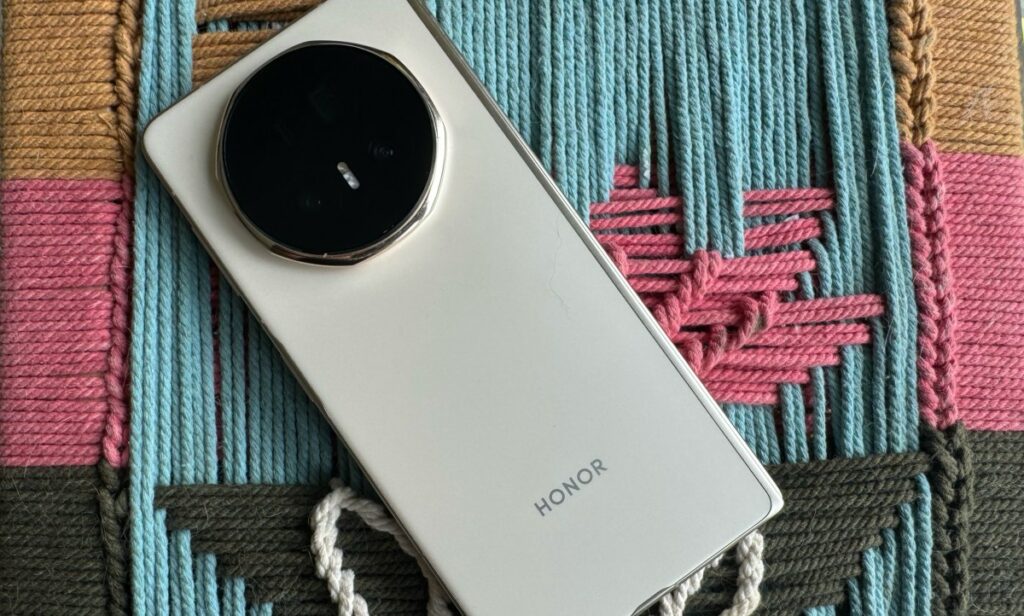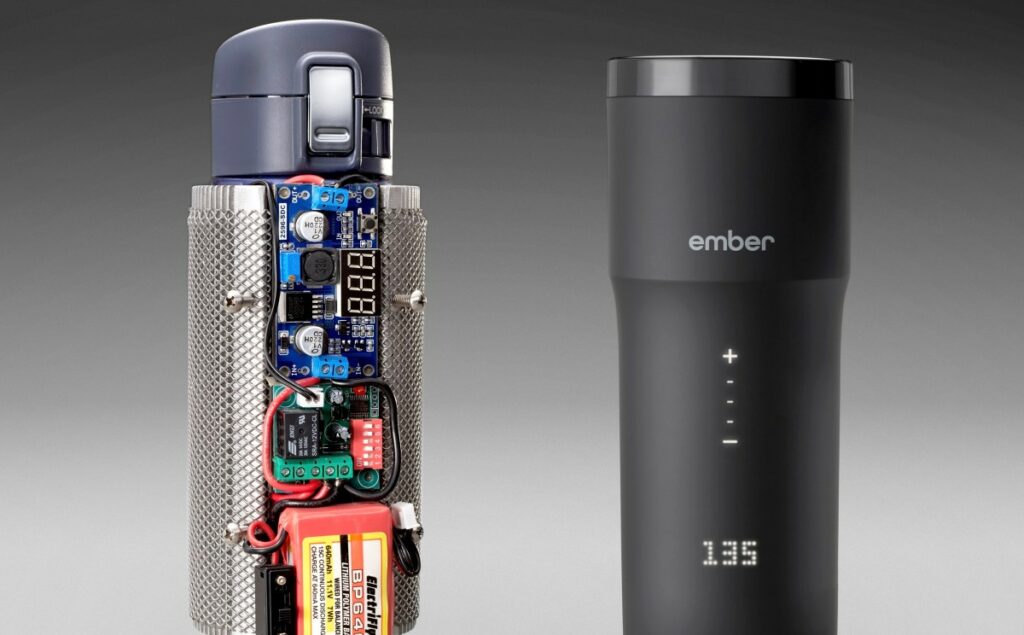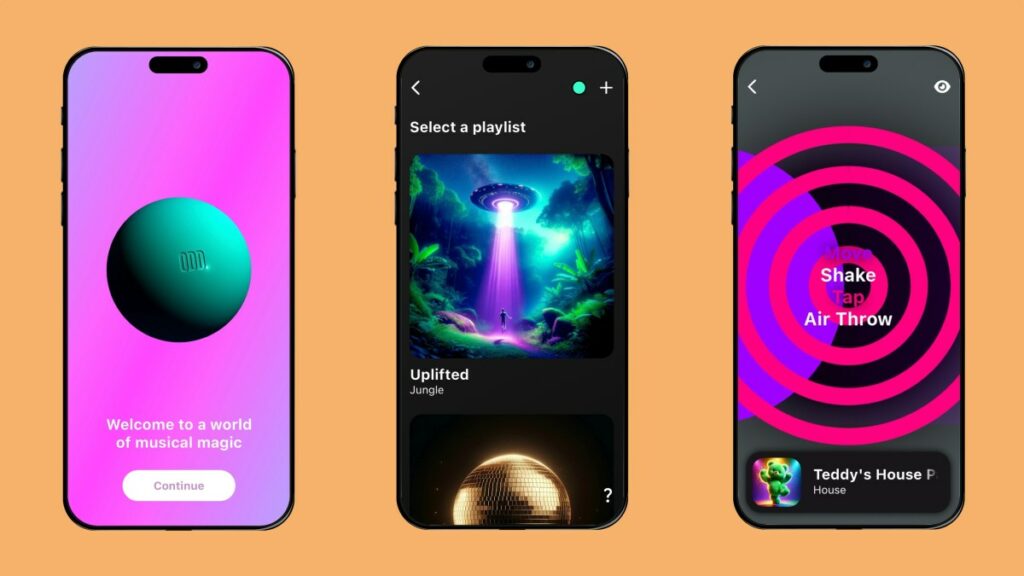There is a spec war going on among companies to claim the crown of thinnest foldable. Phone manufacturers are playing with fractions of millimeters to boast about their phone’s thickness.
Honor is winning this race on a theoretical basis with its 8.8mm (when folded) thick Magic V5 foldable. I’m saying theoretical because there is a huge, camera-bump-sized caveat to this.

The thin frame of the device looks and feels great as long as you hold it in a way that your fingers are wrapped around the bottom half of the phone. If your fingers are brushing against the massive bump, you might feel uncomfortable holding the phone. This rigamrole took me a few days to adjust to.

When you lay the phone on the table, it creates a slant (like in the photo above). This is fine when the phone is folded, but when you unfold the phone, it creates a wobble, and it is not pleasant.

In the unfolded state, the frame is just 4.1mm thick, one millimeter less than Oppo’s Find N5, but 0.5mm more than Huawei’s triple-folding phone.

Apart from that, the phone is a solid piece of hardware.
It is powered by Qualcomm Snapdragon 8 Elite, which is a top-tier processor. The front display is a 6.43-inch screen with 2376 x 1060 resolution, and the main (unfoled) display is a 7.95-inch screen with 2172 x 2352 pixels. The company said it’s using a carbon fiber reinforced inner panel for better fall protection. Plus, Honor has applied an anti-scratch material on the display. So far, I haven’t seen notable scratches on either of the screens.

The screen is very bright with a peak brightness of 5,000 nits. I enjoyed reading articles, PDFs, and long emails on the unfolded screen. Playing NYT Puzzles on the unfolded screen was one of my favorite things to do on the device.
Both displays support LTPO, which means the refresh rate can dynamically switch to any value from 1Hz to 120Hz, and that makes navigation and scrolling a breeze. Most apps adjusted well to both the cover and main screen. Though I noticed that the resolution blew up when I was trying to play “Diablo Immortal” on the unfolded screen, so I had to stick to the front screen while playing the game.
The build of the device is sturdy, and it has IP58 and IP59 ratings for dust and water resistance. The folding hinge, which uses the second-gen Honor Super Steel mechanism, felt solid during my week-long usage of the V5 Magic.
The foldable has a massive 5,820mAh silicone carbon battery. Thanks to that, you can get through all day of usage with a bit of gaming easily. The device supports 66W wired charging and 50W wireless charging, but you need to buy Honor’s proprietary chargers to support that. Honor does pack its 66W charger within the box. The company claims that you can charge the device from 0 to 50% in just 16 minutes with the wired charger and get to 100% charging in 43 minutes. Even if the phone doesn’t hit those theoretical limits, you can quickly get enough juice in the phone to last you a few hours.
Camera and AI
The Honor Magic V5’s camera casing hosts three sensors. A 50-megapixel main camera with f/1.6 aperture, a 50-megapixel ultra-wide camera, and a 64-megapixel telephoto camera with 3x optical zoom. The phone also has a pair of 20-megapixel selfie cameras for both the inner and outer screens.
The phone takes good photos in all conditions, capturing details well with largely good color accuracy. However, I felt that in some conditions, the phone’s computational algorithm boosted reds. The Magic V5’s camera has a pretty good super macro mode that lets you take close-up photos of certain objects, like flowers, while retaining details.
















Since all companies have access to AI image models, a number of them are introducing a super zoom mode to capture the base photo and use generative AI to fill up the details. Honor’s 100x zoom tech is good enough to capture text at a distance and have AI clear it up. However, when I tried to capture different objects, the version with AI processing looked very much AI-generated. This wasn’t the case when I tried the Pixel 10 Pro’s 100x Zoom.


Just like most China-made phones, this device also has a ton of AI-powered “beauty” features that let you smoothen your skin, adjust your nose size and face size, brighten the picture, and more. But you can turn that off quickly through a toggle if you want.
There are a bunch of AI editing tools that Honor has included with the phone. There is an AI eraser that lets you draw on objects to remove them. The tool also has options, including removing passerbys and removing reflection. The first option doesn’t always work well. Check out this photo I took when I attended Wimbledon. While it removed some people in the background, it removed the torso of one of the tennis players.


The phone has an AI cutout tool, which allows you to select an object from a photo and move it within the frame. When you move the object, the device uses generative AI to fill in the gap.
This is also not perfect and, at times, leaves artifacts like shadows around the original position of the object, clearly indicating that you moved something in this photo. There are other tools like AI upscaling and AI outpainting as well.

What’s more, there’s an image-to-video function in the phone’s photo app, which allows for three generations per 30 days. It does the job of making the video using Google’s Veo2 model, but the output is not great, and often feels uncanny compared to the original image.
Software and availability
Honor is using its MagicOS 9, based on Android 15, with this device. It is not cluttered, but I thought pre-installing Honor apps for smart home devices, and the myHonor app, which is a community app, was unnecessary. There is an Honor Health app, which connects smart health devices from Honor (if you have any), and also has some pre-loaded exercise content.
MagicOS handles media exchange with both Android and Apple devices well. The company has a Workstation app on macOS, which makes it easy to send photos, videos, and documents to your Mac.
The company also released a neat new on-device call translation feature, which lets you download a translation model on the phone and process the data locally. At the moment, it supports six languages, including Chinese, English, German, French, Spanish, and Italian. I tested this feature with a French-speaking friend, and the results were very good. Unlike Pixel’s translation feature, which also retains your voice, you get to choose between a male and a female voice.
The company is releasing the Honor Magic V5 in Europe, APAC, and the Middle East. In the UK/Europe, the Magic V5 will have a starting price of £1,699.99/€1,999 for a 512GB version. This gives consumers an option to try out a foldable at a £200/€1,999 cheaper price than the Samsung Galaxy Z Fold7. While this might not challenge Samsung’s top spot in the foldable market, it might help Honor’s growth numbers amid foldables.


